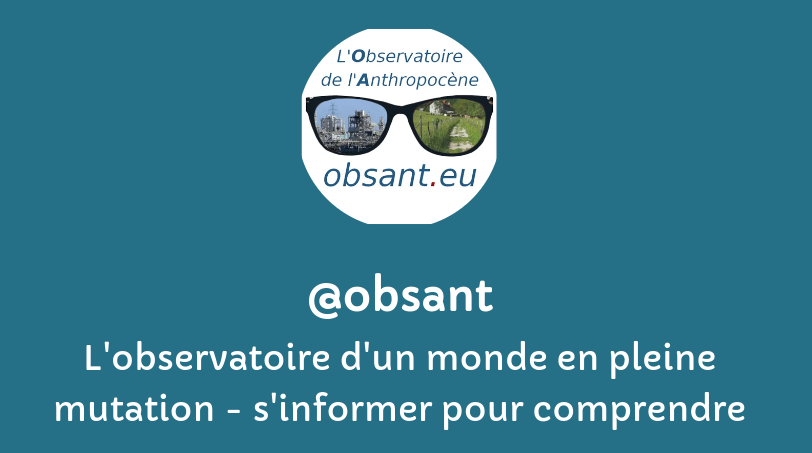« … Les forêts abritent une grande richesse écologique, concentrant 80 % de la biodiversité terrestre mondiale recensée. Cette richesse est largement utilisée par l’homme, … Elles sont un milieu de vie et une source de revenus pour l’être humain : au début du XXIe siècle, plus de cinq cent millions de personnes, dont plusieurs peuples autochtones, vivent en forêt ou à ses abords et subsistent directement grâce à ses ressources. « . Source : wikipedia
Pour voir les références d’un(e) auteur(e), cliquez sur son nom. Pour revenir à la page, utilisez le bouton refresh ci-dessous.
filtre:
Efi Rousi, Kai Kornhuber, Goratz Beobide-Arsuaga, Fei Luo, Dim Coumou
Persistent heat extremes can have severe impacts on ecosystems and societies, including excess mortality, wildfires, and harvest failures. Here we identify Europe as a heatwave hotspot, exhibiting upward trends that are three-to-four times faster compared to the rest of the northern midlatitudes over the past 42 years. This accelerated trend is linked to atmospheric dynamical changes via an increase in the frequency and persistence of double jet stream states over Eurasia. We find that double jet occurrences are particularly important for western European heatwaves, explaining up to 35% of temperature variability. The upward trend in the persistence of double jet events explains almost all of the accelerated heatwave trend in western Europe, and about 30% of it over the extended European region. Those findings provide evidence that in addition to thermodynamical drivers, atmospheric dynamical changes have contributed to the increased rate of European heatwaves, with implications for risk management and potent
![]()


